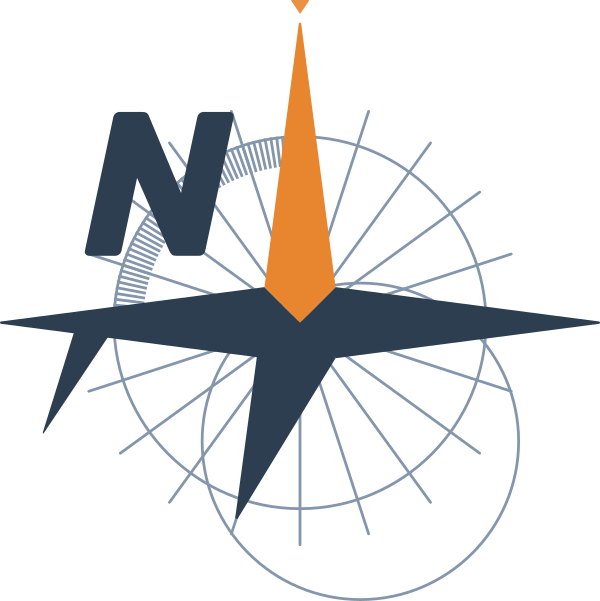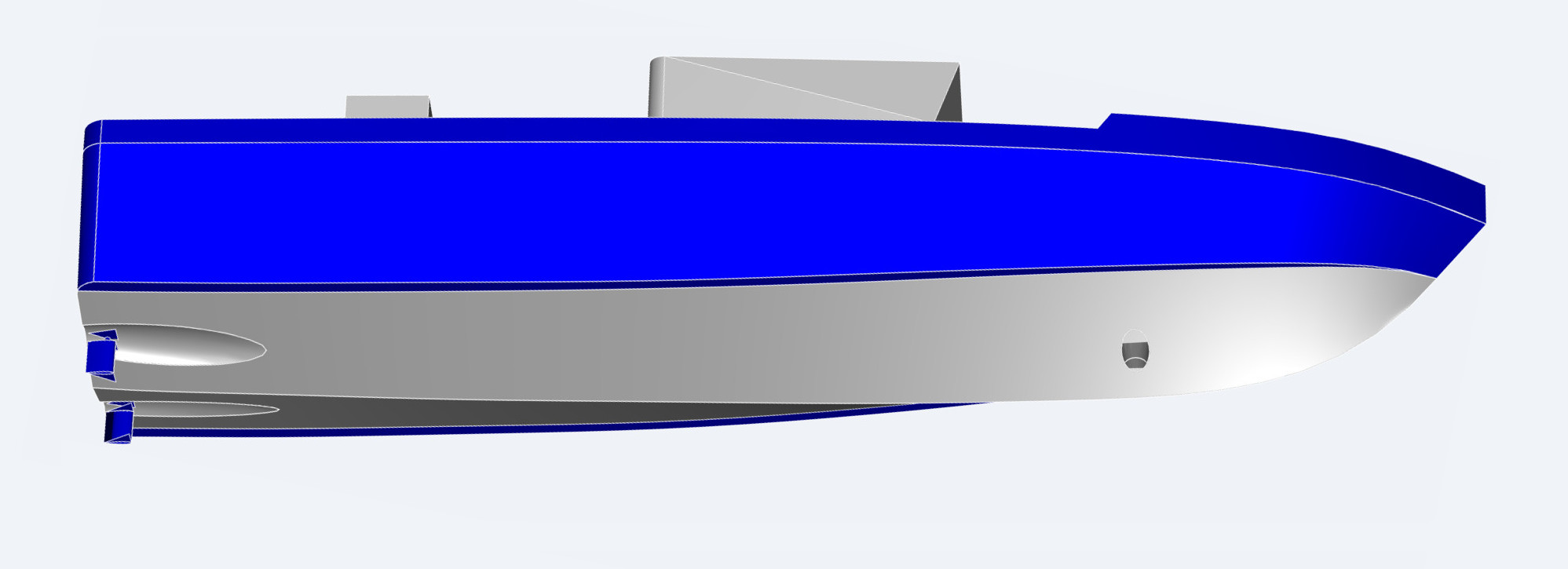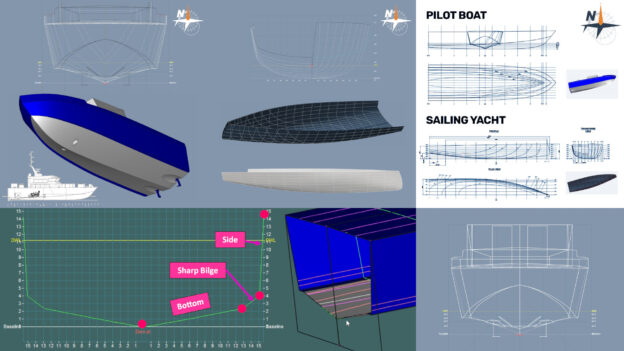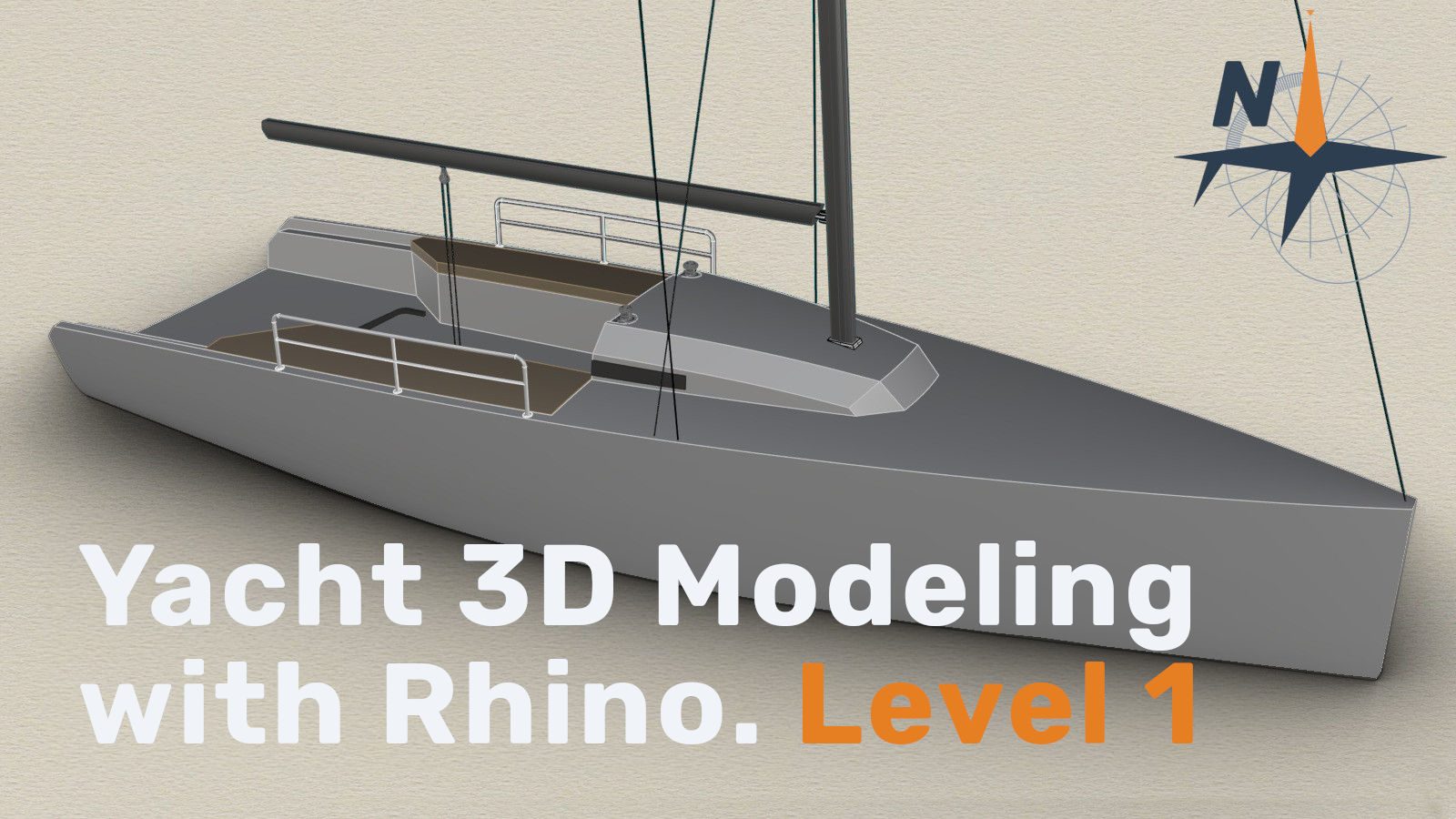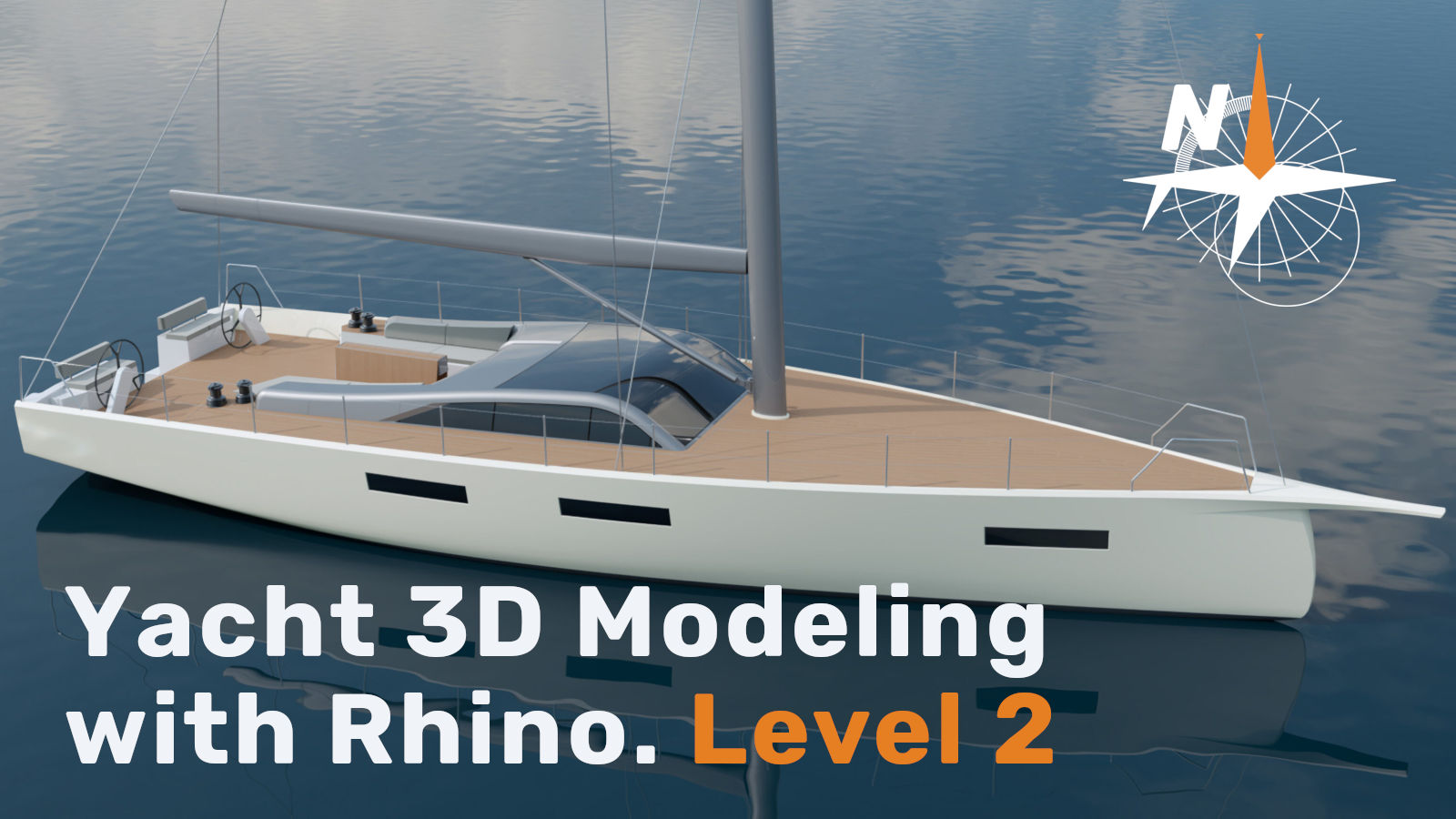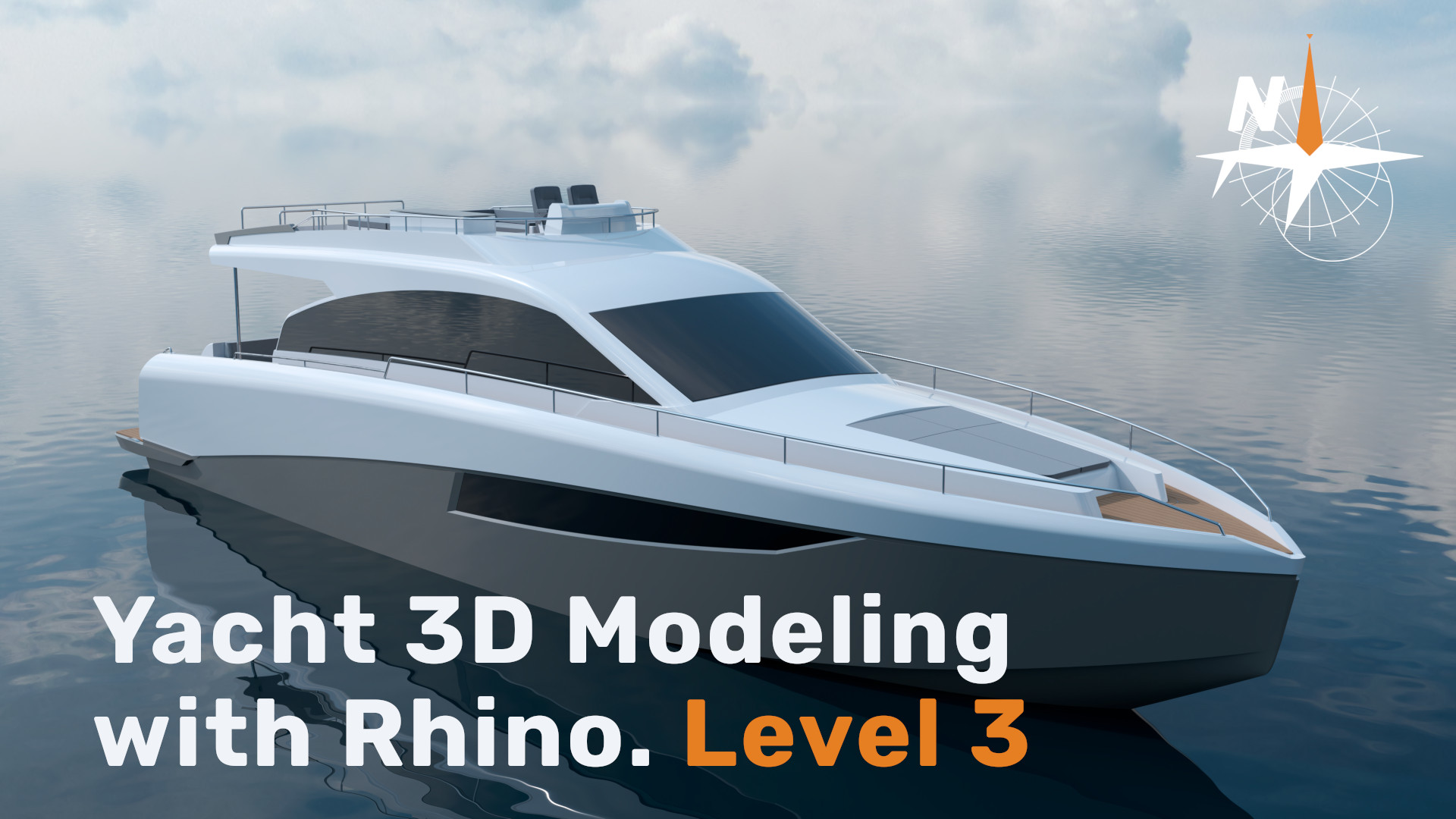Welcome!
Welcome to Maxsurf 1!
Maxsurf is a marine vessel analysis and design software that comprises a suite of different applications, such as the Maxsurf Modeler, Maxsurf Resistance, Maxsurf Stability, Maxsurf Motions, and Maxsurf VPP, each one specific to a particular aspect of the design and analysis of ships, yachts, and boats.
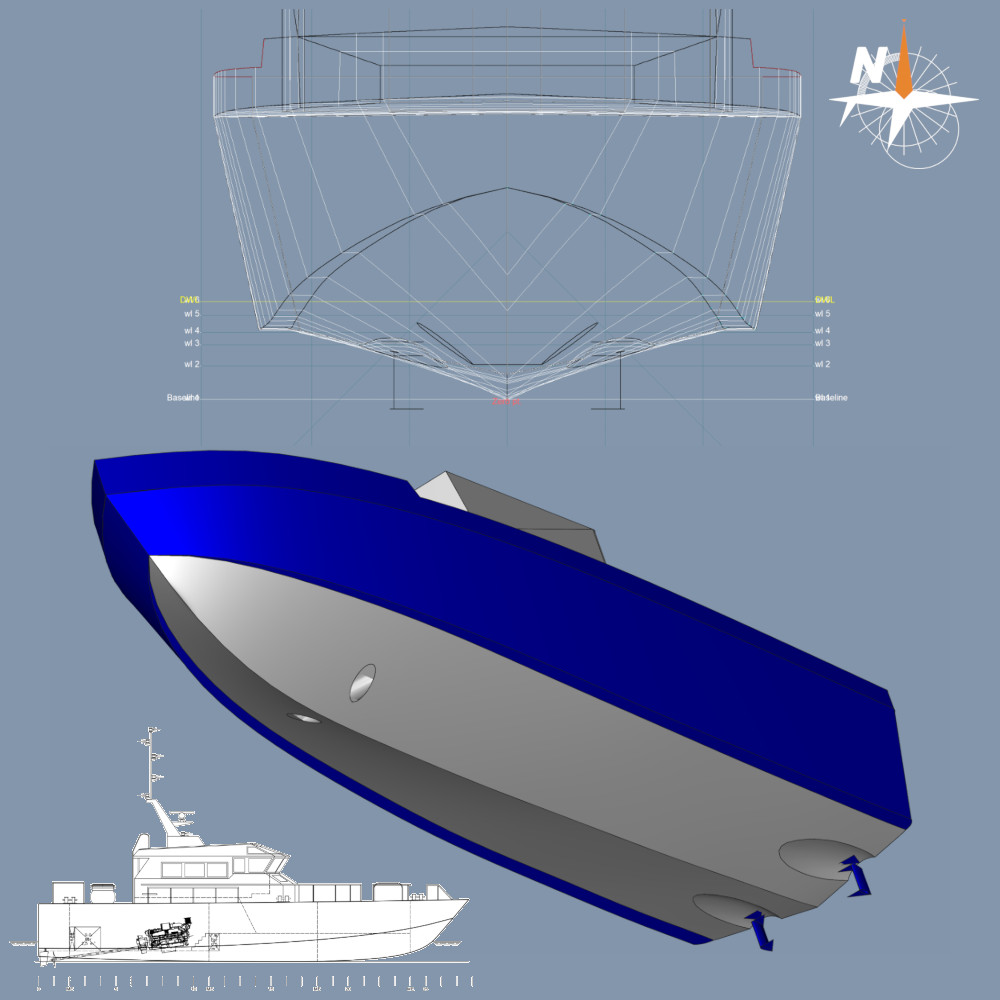
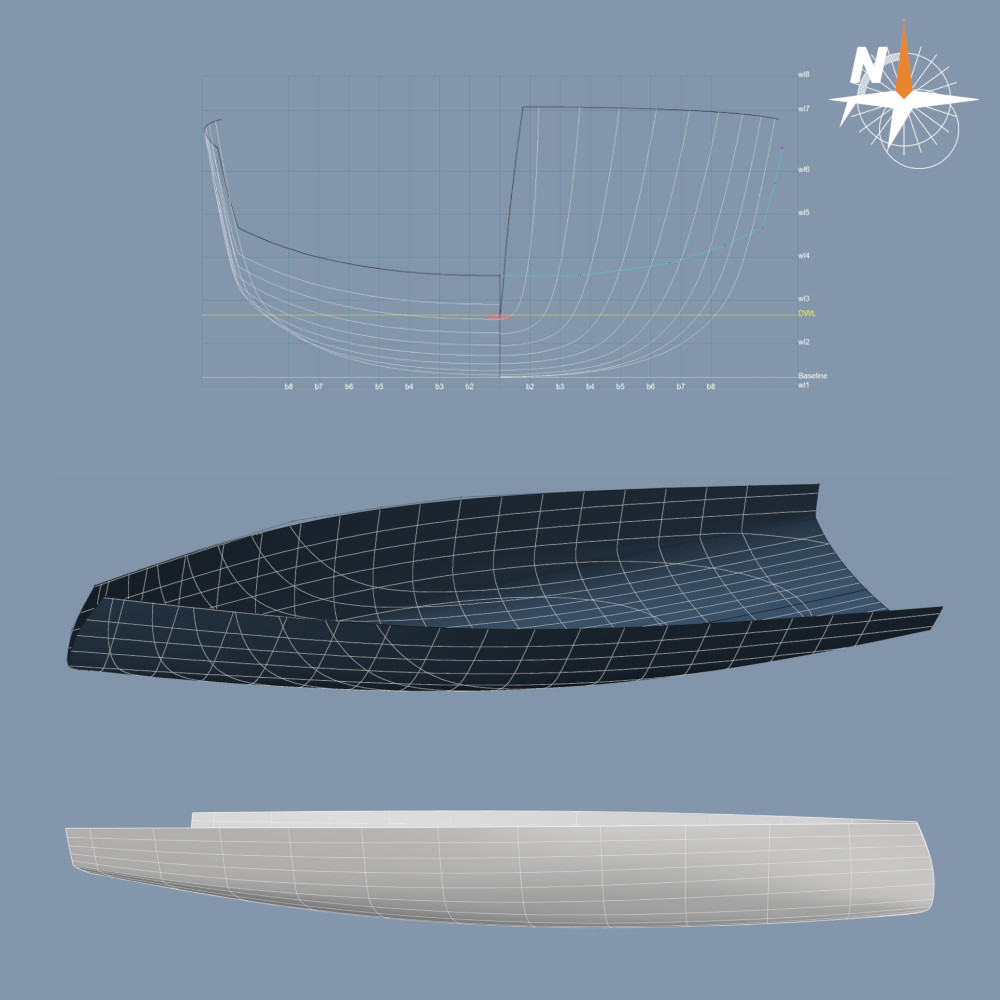
What will you learn?
In this first course of a series dedicated to Maxsurf, we are going to focus on the Maxsurf Modeler.
With the Maxsurf Modeler, we can design a vessel from the first stage of the project, build the model from an existing linesplan (lines drawing), import geometries, perform parametric transformations from existing models, and model primary structural elements, frame geometry, decks, and other reinforcements that must conform to the hull shape. In most cases, designers will start by designing the hull geometry with the Maxsurf Modeler before loading the model into the other applications for further design and analysis.
In this course, the instructor will guide you through modeling two vessels using the Maxsurf Modeler:
- a sharp-bilge (hard-chine) Pilot Boat;
- a Sailing Boat with a round bilge.
In both projects, the instructor will start from an existing linesplan and explain the process and methodology of developing a full 3D model while giving life to the model on the screen. The Pilot Boat will be modeled from the bottom of the hull to specific details, such as the rounded joints of the transom with the side, the cabin, bulwarks, etc. The Sailing Boat will show you how to work with more complex lines. More concretely, with these two projects, you will learn to:
- Model vessels of any length with sharp and round bilge, establishing the optimal methodology to define the surfaces (type, rigidity, quantity, distribution, etc.).
- Know parameters and commands related to the shapes of the surfaces.
- Learn to configure the basic parameters (“inputs”), recognizing their impact on the calculations to be carried out.
- Interpret the results obtained and validate your models.
By the end of the course, you will not only know how to model hulls from a linesplan, but you will also have learned how to model details such as appendages, which have greater complexity, and how to use modeling techniques and most of the modeling commands. You will also be able to apply what you have learned to vessels of any length.
Software License
Navalapp Members enrolled in one or more Courses may be eligible for free access to Maxsurf, subject to specific conditions. Click here to review the eligibility criteria.
Course organization
The course is video-based and on-demand and can be followed at your own pace.
It contains videos, quizzes, and downloadable documents and gives you access to the course’s virtual private classroom, where you can interact with the instructor and fellow students.
Students completing the course will obtain the Course Certificate. To obtain the Course Certificate, Students must finish all the lessons, pass the quizzes, and approve the Course Assignment.
– Resources:
- Video lessons.
- Video captions in English.
- Materials (written materials, linesplans, and models).
- Quizzes.
- Final Assignment.
- Course Certificate.
– Classroom:
– Prerequisites:
- To follow the course, it is not necessary to have any prior knowledge of naval architecture, modeling, or Maxsurf. Some knowledge of naval architecture terminology, although not required, will help you in the journey.
- A minimum Navalapp membership level of “Subscriber” (free membership) is required to enroll in this course.
RINA Endorsement
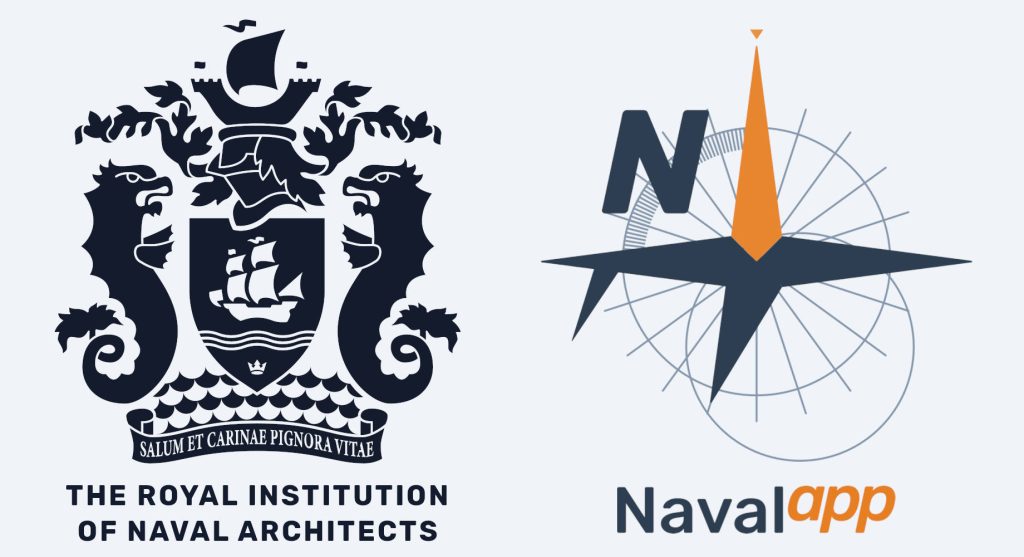
After a thorough evaluation, the Royal Institution of Naval Architects (RINA) has found that Navalapp’s course Maxsurf 1 meets the Institution’s requirements for Continuing Professional Development (CPD). Therefore, RINA has considered that the course warrants recognition and has issued a Certificate of Endorsement.
During the evaluation, RINA studied different aspects of the course, such as learning aims, content and structure, whether the information is up-to-date and factually correct, students’ evaluations of the course, the supporting information and materials, the instructor’s expertise, the method by which the students are evaluated, and Navalapp’s organization standards.
